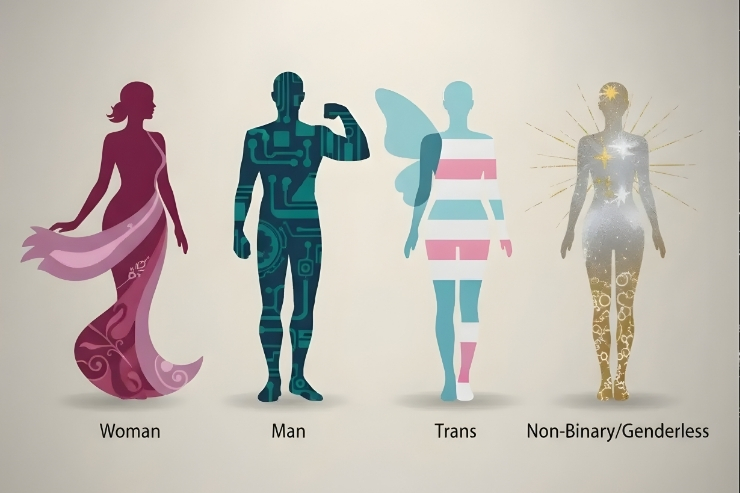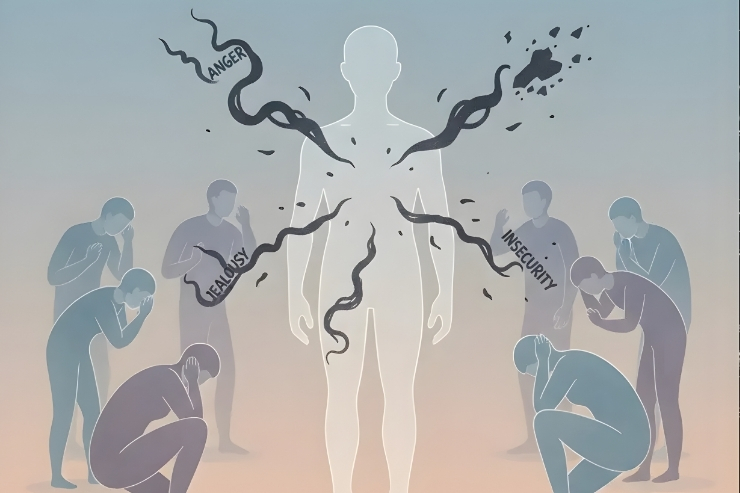Stockholm Syndrome
Stockholm syndrome is a psychological condition in which hostages or victims of abuse develop emotional bonds with those who have harmed them. This bond may lead the victim to feel sympathy, understanding, and even loyalty toward the person who poses a threat to them.
When Did Stockholm Syndrome First Appear?
The term emerged during a bank robbery in Stockholm, Sweden, in 1973. During the robbery, several hostages were held for six days and eventually began defending their captors. They even refused to cooperate with the police. This unusual behavior attracted the attention of experts and was later defined as “Stockholm syndrome” in psychological literature.
Symptoms of Stockholm Syndrome
Individuals affected by Stockholm syndrome may exhibit the following behaviors:
- Rationalizing the abuser’s actions
- Empathizing with the perpetrator
- Refusing to be rescued
- Maintaining contact with the abuser after the incident
- Showing a tendency to protect the abuser
These symptoms may seem irrational from an outside perspective, but they are often developed as psychological defense mechanisms by the victims.
Psychological Background of Stockholm Syndrome
Stockholm syndrome can develop as a survival instinct. In threatening situations, individuals may form a bond with their abuser to feel safe. Over time, this bond may evolve into loyalty. Under fear, stress, and uncertainty, even small acts of kindness by the perpetrator can be perceived as significant.
This syndrome is not limited to hostage situations. It can also develop in cases of domestic violence, toxic relationships, and child abuse, where prolonged pressure and control exist.
Who Is More Vulnerable to Stockholm Syndrome?
Anyone can develop Stockholm syndrome, but certain conditions increase the risk:
- Individuals with a history of trauma
- People with low self-esteem
- Those in dependent relationship patterns
- Individuals lacking a strong social support system
In threatening situations, these individuals may develop emotional bonds with the abuser as a survival strategy.
Stockholm Syndrome and Toxic Relationships
Similar dynamics can appear in romantic relationships. Victims of narcissistic or manipulative partners may normalize the abuse. Occasional gestures of affection may be perceived as a reward, overshadowing ongoing mistreatment.
Long-Term Effects of Stockholm Syndrome
Victims of Stockholm syndrome may experience the following long-term issues:
- Trust issues
- Attachment difficulties
- Anxiety disorders
- Post-traumatic stress disorder (PTSD)
- Disturbances in personal identity
These effects can last for years, even after the situation ends. Therefore, professional psychological support is essential.
How Is Stockholm Syndrome Treated?
Treatment begins with ensuring the victim is in a safe environment and receives psychological support. Effective approaches include:
- Cognitive Behavioral Therapy (CBT): Helps restructure the victim’s thought patterns
- Trauma-Focused Therapy: Aims to heal the scars of past trauma
- Support Groups: Allow victims to connect with others who have shared similar experiences
- Medication: May be prescribed for anxiety or depression when necessary
The goal is to help the person regain self-confidence and fully detach from the abuser.
Family and Social Support in Coping with Stockholm Syndrome
Support from loved ones plays a major role in the healing process. Family, friends, and professionals must work together to help the victim recognize the reality of their situation. Patience and understanding are crucial—blame and criticism should be avoided. Social support helps the victim regain their sense of freedom.
Media and Stockholm Syndrome
The media sometimes romanticizes Stockholm syndrome, presenting the bond between victim and abuser as love in movies, series, or news reports. This portrayal can prevent people from recognizing the seriousness of the condition. Public awareness and accurate representation are therefore essential.
Understanding and Healing from Stockholm Syndrome Is Possible
Stockholm syndrome is a complex psychological condition, but it can be overcome with the right support. The experiences of the victim should never be belittled. Empathy and understanding are key. Psychological abuse and control leave deep emotional scars, not just physical ones. Healing these wounds takes time, support, and professional intervention.
Remember, no form of abuse is normal. Love cannot be built on pressure and fear. Broken trust can be rebuilt—what matters is finding the courage to take the first step.


























































































































